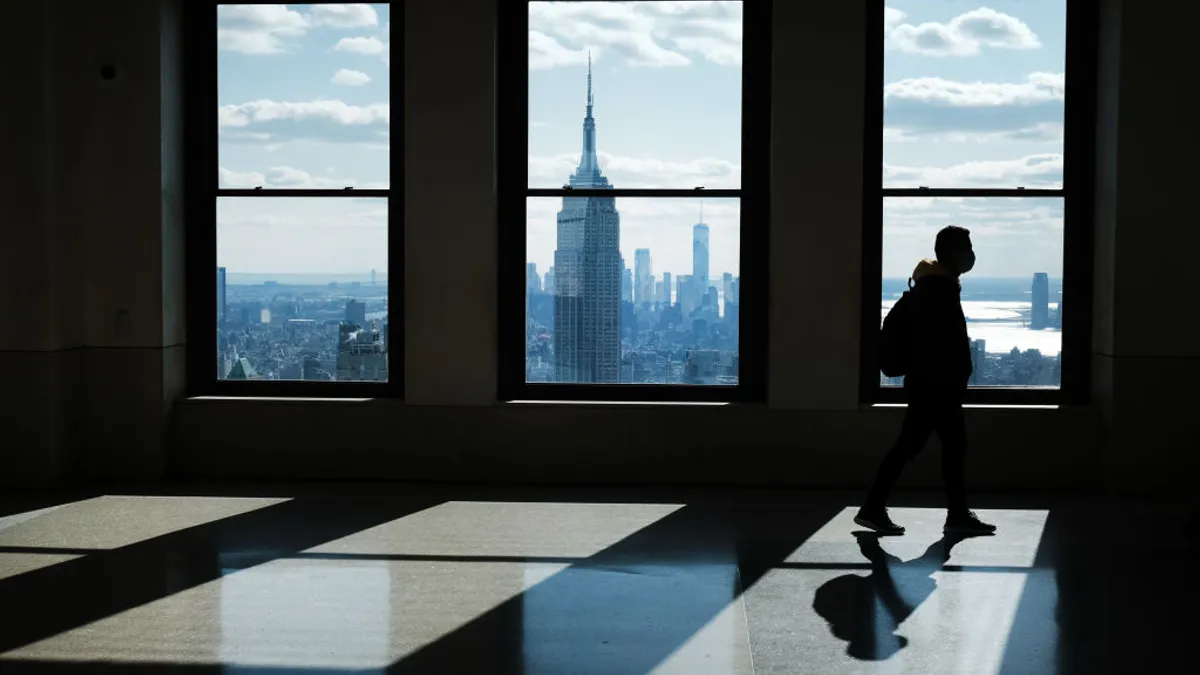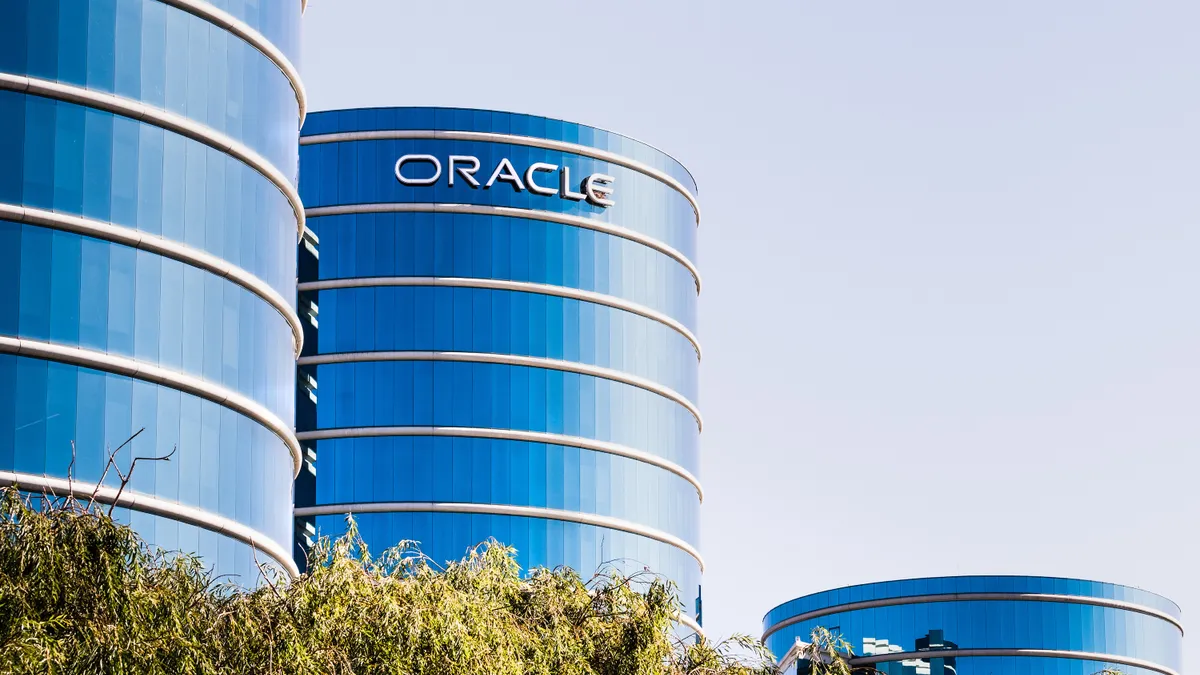When a global crisis strikes, even the most firmly rooted organizations may need to pause and re-evaluate.
New York-based aerospace and industrial manufacturer Moog recently celebrated its 70th year in business. Since its founding, the company has sought to sustain a culture in which employees can easily collaborate, be creative and have autonomy without the pressures of bureaucracy or hierarchy, according to Kristine Karnath, Moog's U.S. director of benefits. That culture, she added, influences how Moog makes benefits decisions.
But COVID-19 put the company into "survival mode," Karnath said during an Aug. 11 presentation as part of the Disability Management Employer Coalition's 2021 virtual annual conference. When its clients in the commercial airline industry suffered financial losses, Moog's leaders knew it had to adjust.
"The last thing we wanted to do was have a layoff or a furlough," Karnath said. "We were able to maintain everything that we had pre-pandemic and continue that moving forward, but we started to look at what do we need to change."
Moog realized it was entering a new world, and it sought a benefits strategy that could adapt to the changes brought on by the pandemic, Karnath said. One example was a telemedicine platform that Moog worked to ensure was "completely accessible" to employees; it also added behavioral health support to the platform after seeing utilization spike.
Prior to the pandemic, the company also had offered on-site medical centers and fitness classes, and it transitioned those services to a virtual format. It added mental health and physical wellness holidays to its schedule after realizing it had gaps in its holiday schedule and observing that, despite having an unlimited vacation policy, staff were not taking days off.
"We wanted specifically to have it be holidays where the entire business was shut down so that people didn't feel the pressure to work," Karnath said. "We wanted those days where we kind of forced people to take that time off and to recoup a bit."
Moog also realized it lacked benefits to support caregivers as employees began taking care of children at home during the work day. It added a program to address that need, Karnath said.
Remote work creates two groups of employees
Few Moog employees were remote prior to the pandemic, Karnath said. But with the need to send some to work from home came the division of its U.S. employees essentially into two groups. That proved a challenge, in part, because the company traditionally maintained a similar benefits package across the board for all employees, she explained.
"Our on-site employees looked at our employees at home and thought, ‘well they're on permanent vacation, they're not working, they're watching TV,'" Karnath said. "We also knew that our employees at home were dealing with different situations … they were a parent, a teacher, a caregiver; they had multiple roles they were now playing and trying to balance all of that."
Some on-site employees wanted hazard pay, but Moog pushed back. "We didn't feel that it was appropriate to pay those employees hazard pay because we were doing everything we possibly could to keep those employees safe," Karnath said. "If we paid hazard pay, we felt that that was saying, ‘you are in a hazardous situation, we're not doing everything we can, so we're going to pay you additional.'"
Similarly, Moog did not want to recognize one group of employees without recognizing the other, Karnath said. Ultimately, it decided to focus on the particular issues both groups faced. It offered short-term disability coverage to those with medical conditions that put them at risk of contracting COVID-19. It offered paid leave to employees with immunocompromised persons at home and continued to offer unpaid leave with full benefits and the promise of returning to their job after the end of the period of paid leave.
For virtual workers, Moog asked managers to shorten meetings times from 60-minute windows to 50-minute windows to give employees the ability to take care of tasks outside of work. "There's nothing magical about that last 10 minutes," Karnath said. "We knew that people at home needed time. You can't tell your kids to wait eight hours so that you can help them."
Toeing the line on communications
Keeping an apolitical, fact-based approach is important when relaying information about COVID-19 safety to employees, Karnath said. Moog put forth branded messaging to employees about the virus, vaccines, policies and other topics such as staying active during quarantine. At times, that messaging would occur three to four times per week.
"When we communicated information, we knew we needed to keep the politics out of it as well," Karnath said. "Any area we thought employees might be questioning, nervous about or anxious about, we wanted to make sure that we were addressing that."
In 2019, Moog decided it would focus on mental health and well-being throughout 2020. It kept this plan moving into the pandemic, Karnath said, tailoring specific mental health topics to particular months. February saw a focus on building relationships, while August dealt with community service and November with financial wellness.
"We wanted people to see that mental well-being wasn't just about depression, anxiety or a diagnosable condition," Karnath said, "we wanted them to see it was about everyday life."
However, the company realized it needed to build on those efforts even further, she added. "We were being bombarded with so much information, so many emotions, that there were a lot of people who didn't even recognize that they were feeling anxious, they were depressed," Karnath said. In addition to the use of telehealth benefits and employee assistance programs, Moog trained managers to recognize mental health issues in their reports and point them toward available resources.
Along those same lines, Moog encouraged managers to be vulnerable and open up to their teams about their struggles. Within her own team, Karnath talked about times when she had trouble focusing on work. "Our conversations really changed once I started sharing that," she said. "There was this feeling that I don't need to be that A-plus employee. I can admit that I'm having a hard time here, and that's okay. And they also knew that it was a safe place to do that."
Going forward, Karnath said Moog needs to continue to adapt to employees' needs as expectations around work change. She added that the organization's focus on transparency and trust has helped manage its culture during a turbulent time.
"We have some managers who think when this is all over we're just going to go back to 2019 and everything is just going to go back to the way that it was," Karnath said. "We know as an organization that's not true. The world has changed."





















